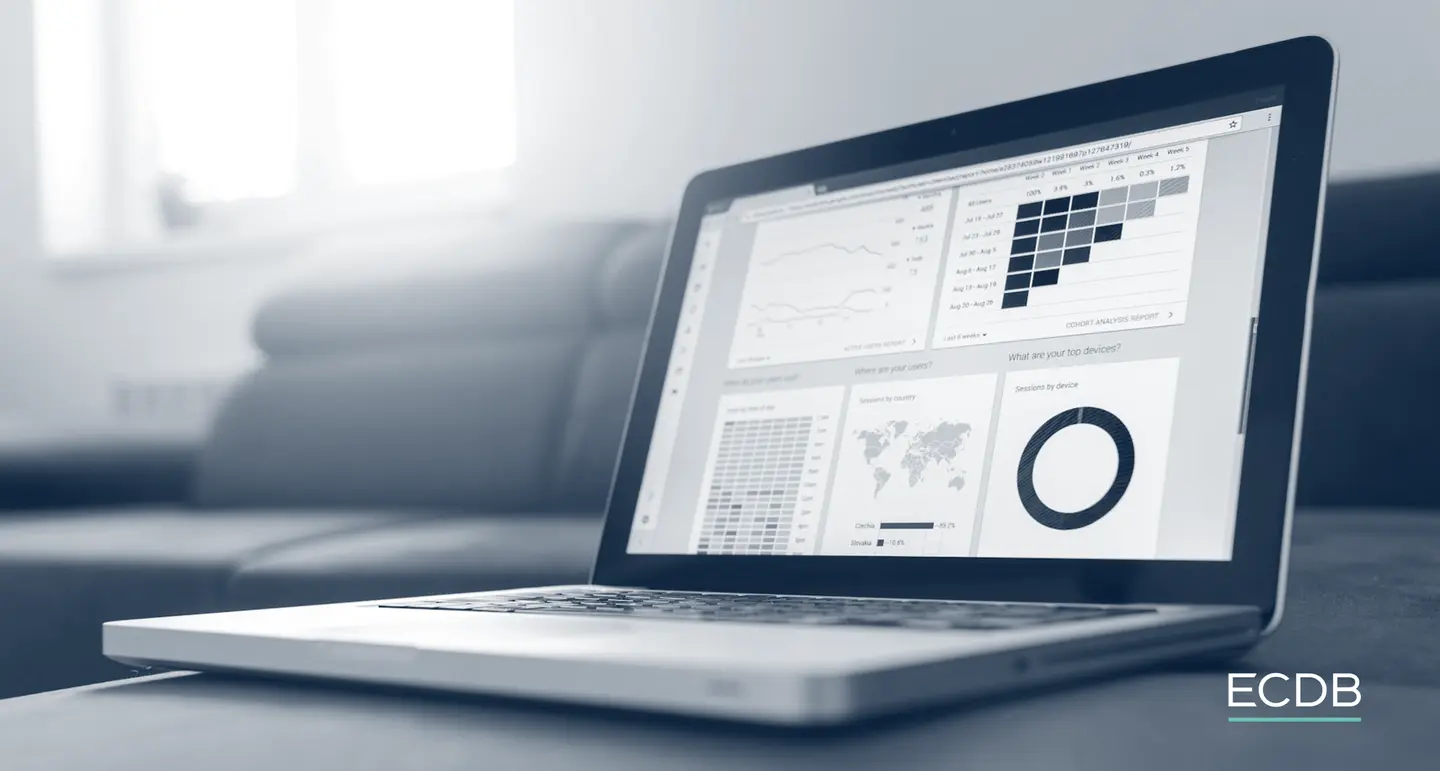Cost per click
Cost per click (CPC) is a term used in paid advertising to describe the cost to an advertiser for each click on their ad. Also referred to as pay per click (PPC), CPC is used to calculate the cost associated with displaying ads on various platforms such as search engines, the Google Display Network for AdWords, social media platforms, and other publisher sites.
CPC plays a critical role in the efficiency and cost-effectiveness of online advertising campaigns across multiple digital channels. It is calculated by dividing the total cost of a paid advertising campaign by the number of clicks it generates. Popular online advertising tools such as Google AdWords, where advertisers bid on keywords to display paid ads, often display the CPC for target keywords.
Glossary entries with C
Back to





